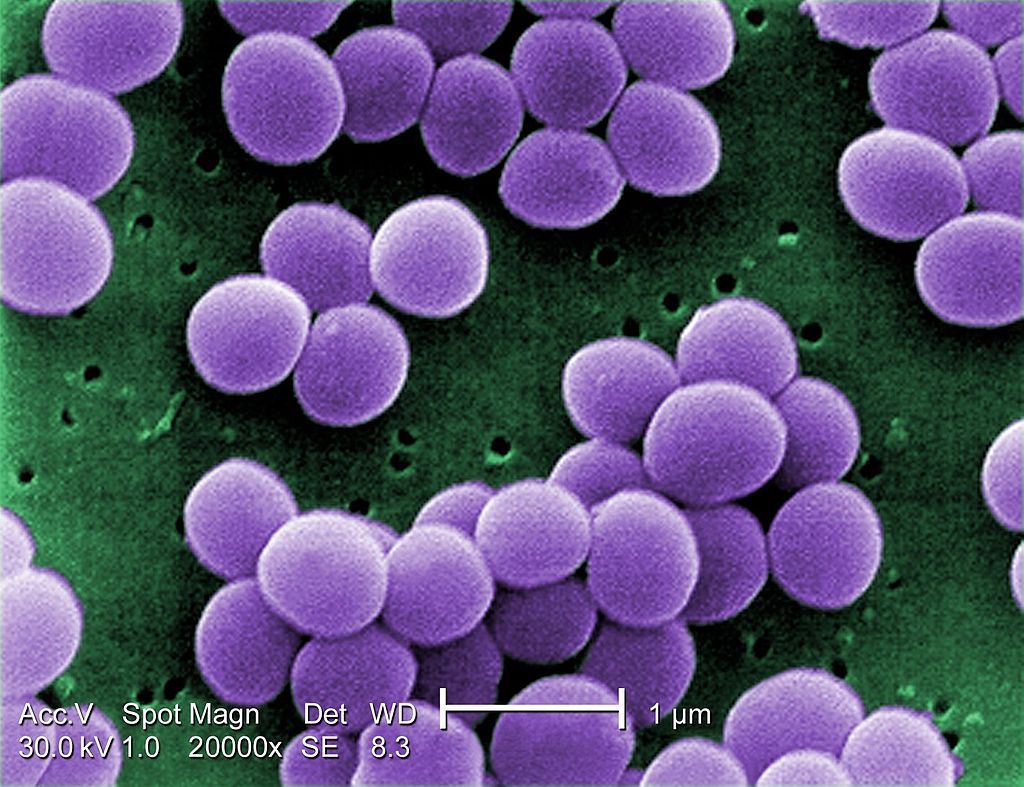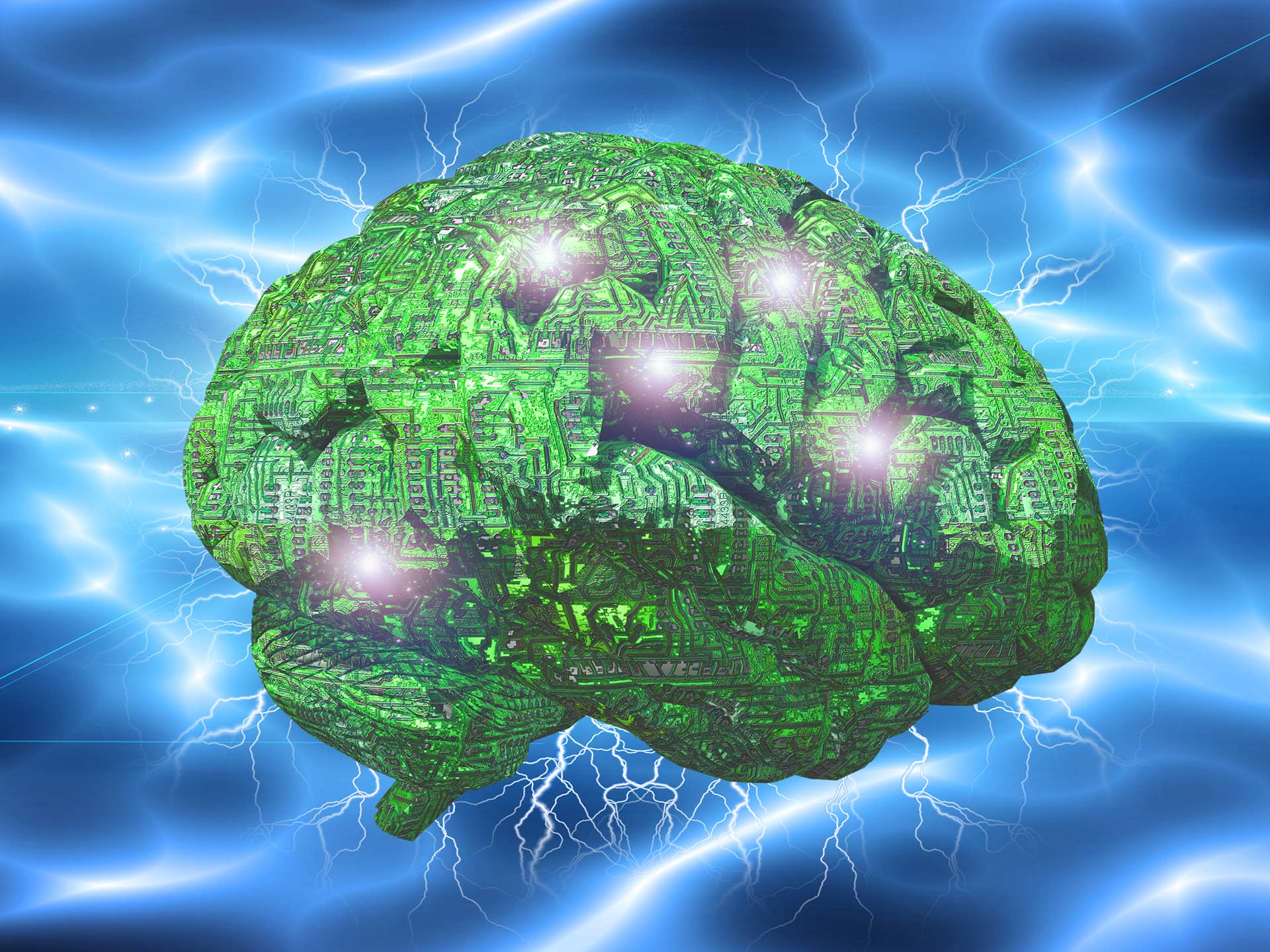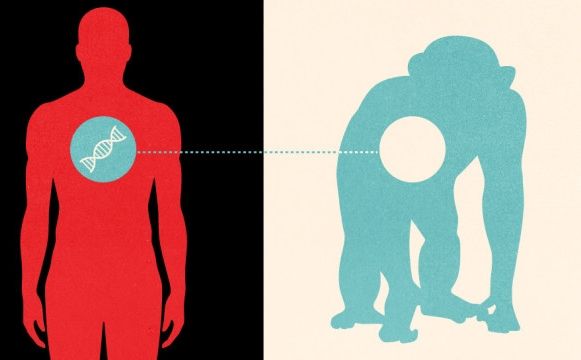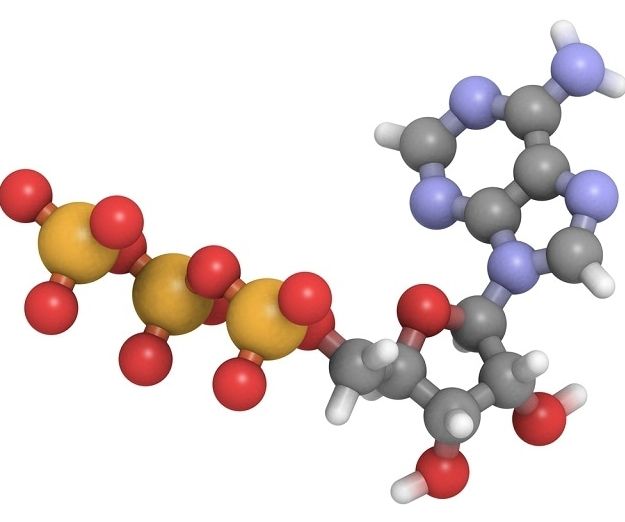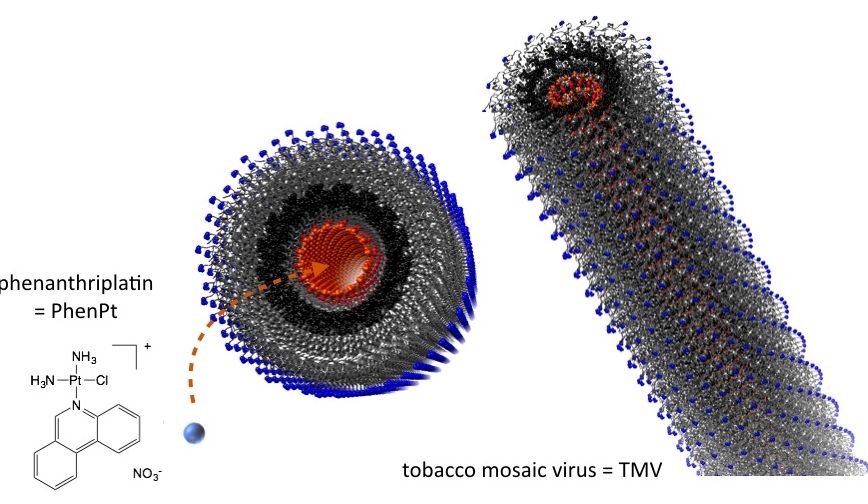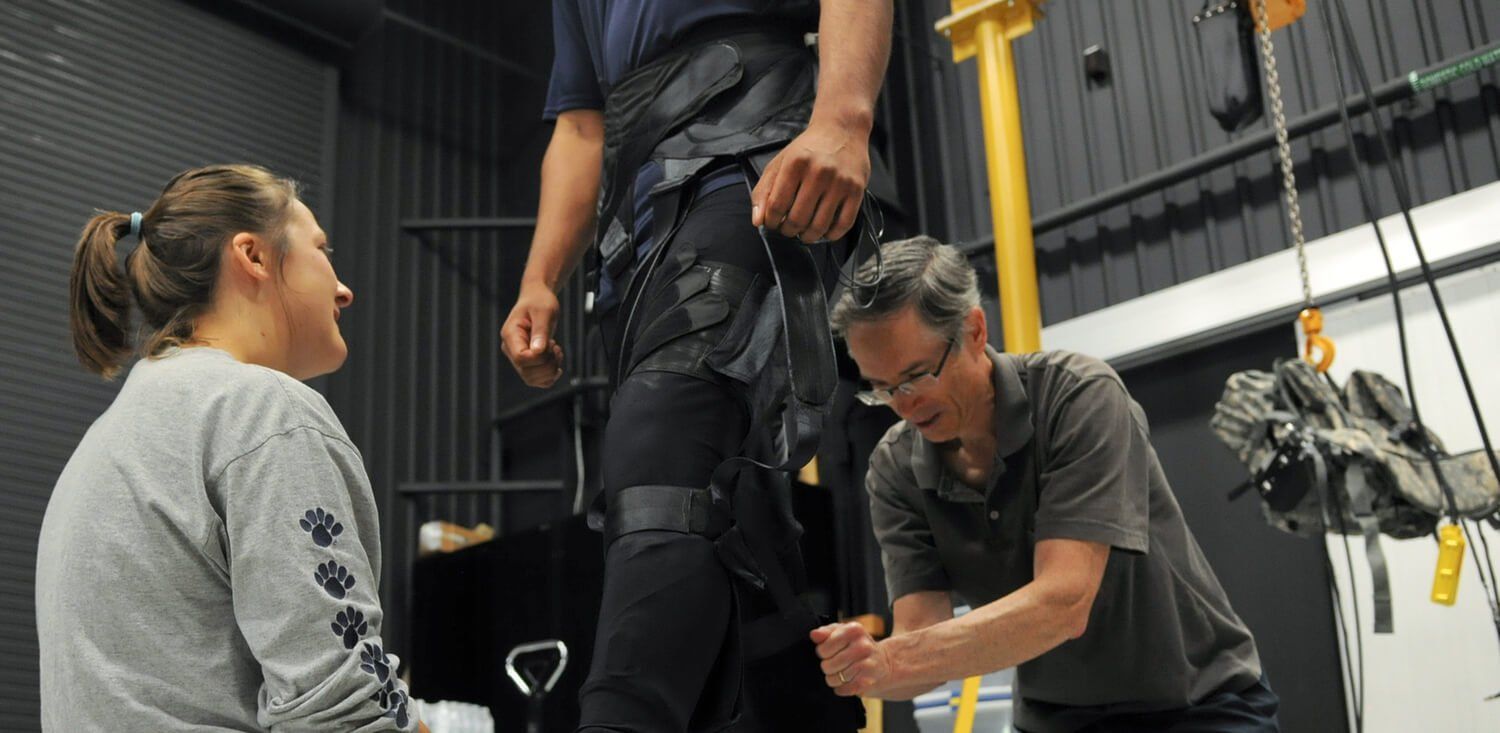Jun 9, 2016
Engineered pathogen-binding protein enables rapid isolation of infectious bacteria from joint fluids
Posted by Karen Hurst in categories: bioengineering, biotech/medical, genetics
Very cool.
Pinpointing the type of bacteria that are at the root of an infection in clinical samples removed from living tissues, such as blood, urine or joint fluids, to quickly identify the best anti-microbial therapy still poses a formidable challenge. The standard method of culturing can take days to reveal pathogens, and they often fail to bring them to light altogether.
A team lead by Donald Ingber, M.D., Ph.D., at the Wyss Institute for Biologically Inspired Engineering at Harvard University now reports a method in PLoS, which enables the rapid isolation and concentration of infectious bacteria from complex clinical samples to help speed up bacterial identification, and it should be able to accelerate the determination of antibiotic susceptibilities as well.
